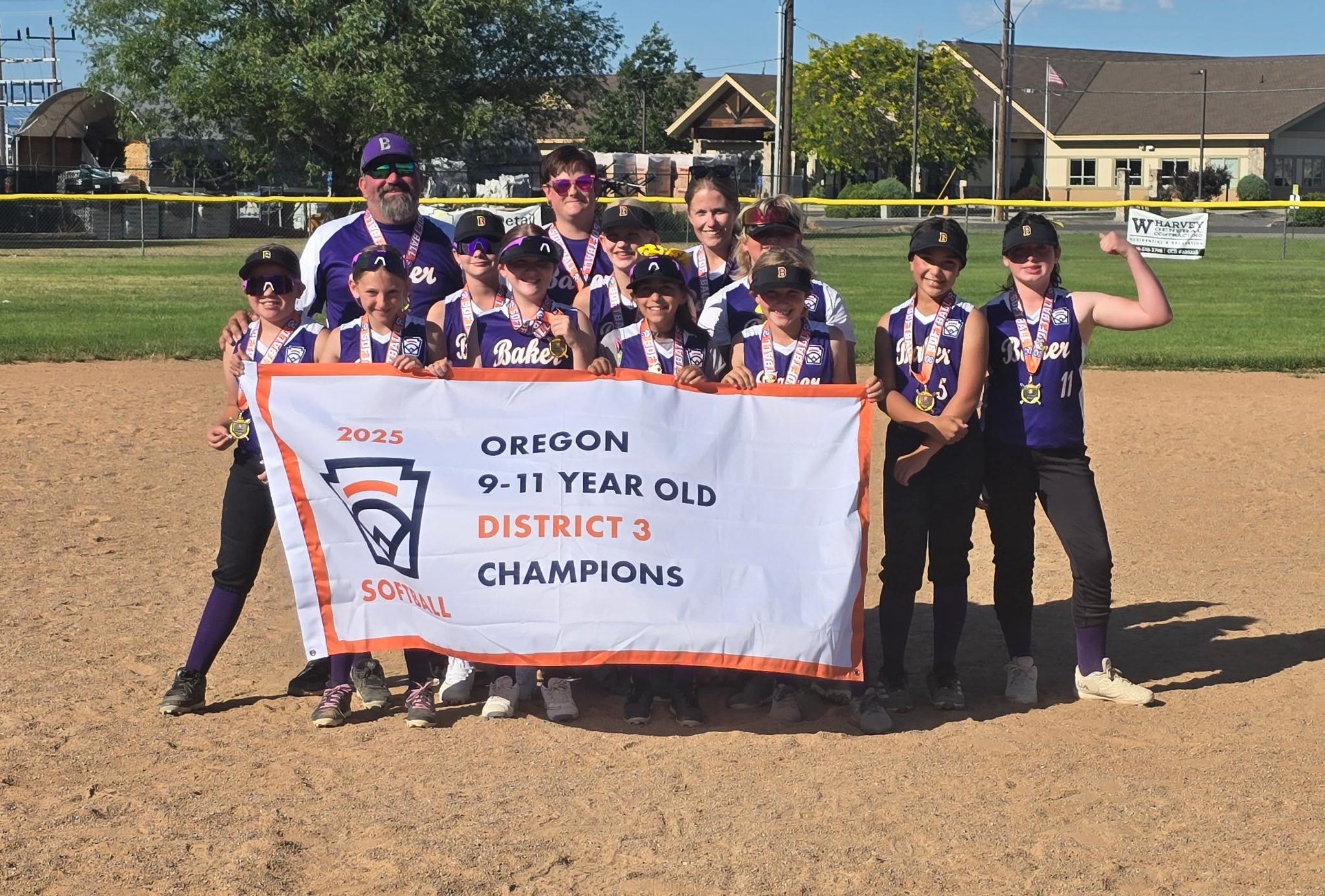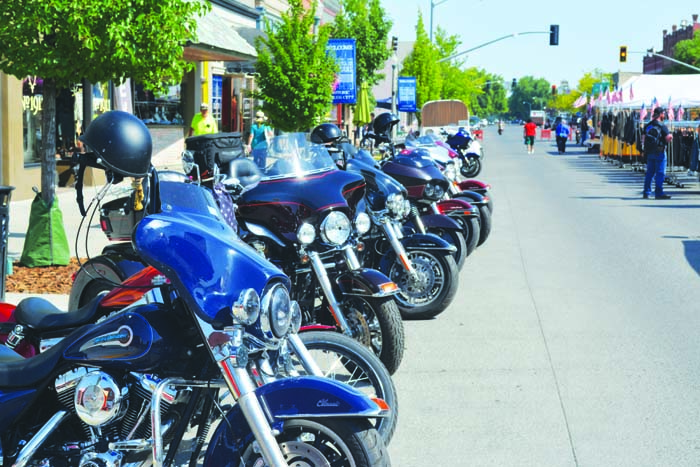COLUMN: Maps don’t depict how much Baker County sprawls
Published 12:15 pm Friday, May 19, 2023
Baker County is a big place, especially when you’re looking up at it.
Maps are useful for navigation but they can be terribly misleading.
So too with statistics.
I can reckon with the idea of what one square mile entails.
But to know that Baker County encompasses 3,088 of them is about as meaningful to me as knowing how many bricks are in a two-story building.
Maps tell a tale even less vivid.
Especially maps that don’t include contour lines — the spaghetti-like traces that depict the lay of the land on a topographic map.
A basic highway map reveals the scale of Baker County about as well as wading in the surf at Lincoln City explains the scope of the Pacific Ocean.
(Forgive me this brief dalliance with hyperbole. The Pacific is of course considerably bigger than Baker County. Also much more damp. I compared the two only to illustrate the point that something small, whether a map or a dip in the water, can be a poor representation of the larger whole.)
I thought about the deficiencies of maps while I was driving through the Burnt River Canyon on the mild morning of May 2.
I went there to see how much trouble, if any, the Burnt River had caused as it carried its murky load of snowmelt toward the Snake River.
I drove the freeway to Durkee, then took the Burnt River Canyon Road, which is paved for a couple miles but is well-maintained gravel through the canyon.
Canyon, it seems to me, is a geographic term applied a bit too liberally on the landscape. Not every minor defile that a stream has gouged through stone deserves the same appellation as the Grand Canyon.
But the chasm through which the Burnt River meanders is a canyon by even the most stringent definition.
In Baker County, where contorted land is far more common than smooth, only Hells Canyon rivals that of the Burnt River.
And unlike that more famous gorge where the Snake River runs, the Burnt River Canyon is wholly within Baker County.
(Indeed, the deepest and steepest parts of Hells Canyon are in Wallowa County, not Baker.)
I stopped several times on my drive to photograph the river, which buffeted boulders with a bass rumble and was the color of coffee with a generous dollop of cream.
At each interlude I had a look around.
It’s a good place to strain your neck.
The rocks here — mostly limestone and schist, with some granitic outcrops, according to the geologic sources I consulted — are nearly vertical in many places.
Yet as dramatic as the terrain is that you can seen from the road, even that vantage point is but a narrow window.
As I drove the 15 or so road miles in the canyon proper — between the Bridgeport Valley at the western end and the Durkee Valley where it debouches to the east — I glanced at the dozens of tributary gulches that extend on both sides, like the smaller wrinkles that branch off a deeper fissure on a face that has lived long and smiled often.
None of these, of course, is as deep as the canyon itself.
But several are substantial cuts — Deer Creek and Cave Creek, French Gulch and Dark Canyon.
The sheer amount of ground, most of it torturous and taxing to any traveler less nimble than the bighorn sheep that live here, renders conventional measurements — maps and square miles — so insufficient as to be irrelevant.
On a map of Baker County the Burnt River Canyon is a figurative sliver, comprising, depending how you define the canyon, perhaps 30 square miles.
Which is to say, about 1% of the county’s land.
That’s accurate.
But when you’re in the bottom of the Burnt River Canyon it doesn’t feel like a mere 1% of anything, even if it’s 1% of almost 2 million acres.
When I emerged from the canyon, just before Clarks Creek joins the Burnt River from the south, and looked at the mountains that rise both north and south of the Burnt River Valley, I pondered the matter of scale.
It was a trifle daunting to imagine how big Baker County is — to contemplate how much toil it would take, especially on foot, to explore even a small fraction of its nooks and crannies.
Daunting but also quite wonderful.
All that space, it seems to me, is a gift of inconceivable value.
And richer still that about half of the county is public ground.
(Although this slightly overstates how open the county is. There are, alas, still chunks of public land, primarily in the sagelands east of Baker City, that are islands surrounded by private land across which there is no legal access.)
I finished my loop by way of Dooley Mountain, crossing the divide between the Burnt and Powder rivers. It was a pleasant drive, though necessarily brief since my purpose was business rather than solely pleasure.
I didn’t pass a single rig between Durkee and the junction with Highway 245.
I interrupted a conversation between two men on four-wheelers not far into the canyon.
Near Bridgeport I saw two black cow dogs running across a pasture toward a pickup truck where a lone figure — the dogs’ owner, I presumed — was fiddling with a ditch gate.
A little farther along someone, also alone, was burning dead grass along a different ditch, the person nearly obscured by the blue smoke I could smell because I had the driver’s side window down a few inches to let in the fresh spring air.
That evening I remembered what I had seen.
I remembered how few people I saw, and how small they were in a land of canyons and valleys and streams, placid most of the year but turned boisterous as the mountains give up their snow.







